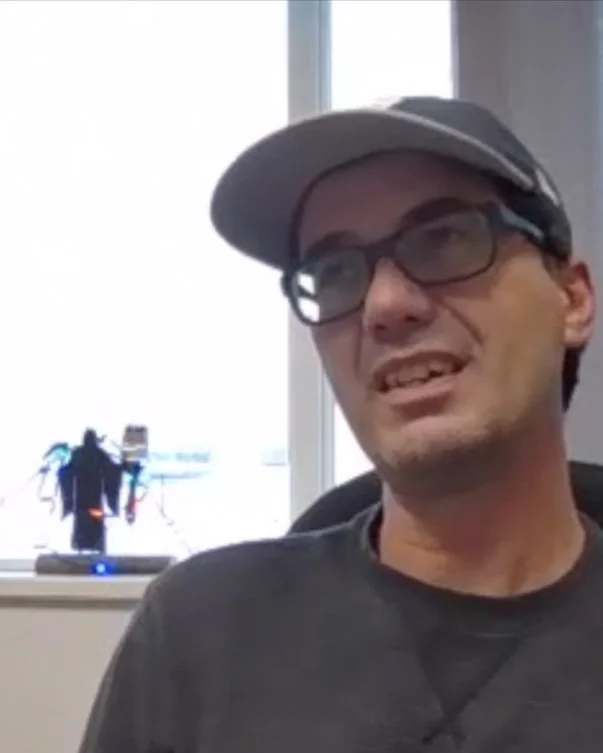
My research into the therapeutic cusp consists of four media projects, creating representation of life in the therapeutic cusp. They portray myself and six other people who have CF - an invisible illness, with equally invisible, perpetually metamorphing timelines.
The first project is a remote portraits session. While the technology required for remote portrait sessions existed before the pandemic, it simply hadn’t occurred to me to use it for this purpose. Very few other people had any reason to do a photoshoot in this way.
The second project is a short documentary film, Surviving a Pandemic with Cystic Fibrosis. The film consists of interviews recorded using zoom, images, and stop motion animation.
Genetic modulators are a momentous milestone within the therapeutic cusp. Trikafta is the most effective genetic modulator medication for CF so far, and taking our first doses of Trikafta was an immensely meaningful moment in our lives. The third project uses co-presence as a method, demonstrating ways we shared this important moment.
Time became the focus of my final media project. An unanticipated benefit of all my time off sick, part-time capacity, and other interruptions, was that I could follow up on my research. This section is the follow up from that momentous first dose, between a year and 18 months later.
These media projects make the most sense when viewed in order. There are links at the end of each project page to the next one, else you can use the links in the navigation bar at the top.
Remote
Portraits
Documentary
Co-presence
Time

Multimodal Ethnography and Research Creation at The Therapeutic Cusp
To make the four media projects, I used a multimodal ethnographic and autoethnographic approach. Multimodal ethnography uses multiple modes of communication, including text conversations, photography, video interviews, documentary film, and quotes, to gain understanding of a subset of people.
I also used a research creation approach in making my media projects and this website. Research creation is a research approach that combines creative practices with academic research and theory in order to create new knowledge. This methodology allows that knowledge can be revealed through creative practices. Relationships built with communities and friendship-as-method are methods within this methodology.



